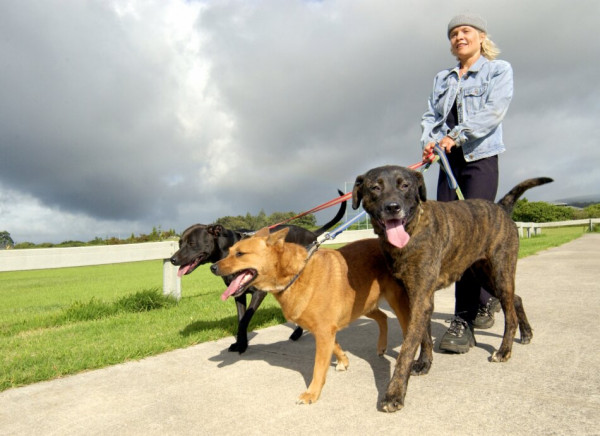
Image credit: Healthify He Puna Waiora
Making walking part of your regular routine helps reduce the risk of:
It also improves your:
- heart rate and circulation
- muscle strength
- bone strength, which decreases your risk of osteoporosis
- balance, which reduces the risk and severity of falls
- use of energy, which helps you maintain a healthy weight
- overall health and wellbeing
- self-esteem
- stress levels.
This list shows the effect of physical activity(external link) on the prevention of different health conditions and reduction of symptoms.
Walking at a brisk pace for 10 minutes or more brings more health benefits. You can warm up and cool down by walking slowly at the beginning and end of your walk.
Obviously, you can walk alone or you can arrange to walk with friends or whānau. You can also search online for a walking group to join.
Tip: If you arrange to meet a friend at a specific time and place, or set a walking date with a whānau member or partner, it can give you the motivation to ‘show up’. Having a companion to chat to while you walk can make the steps fly by.
Try walking different routes to keep it interesting – you never know what you’ll discover when you’re out and about.
Video: Wendy Suzuki: The brain-changing benefits of exercise | TED
Watch this video on the brain changing benefits of exercise. It may take a few moments to load.
(Ted, US, 2018)







